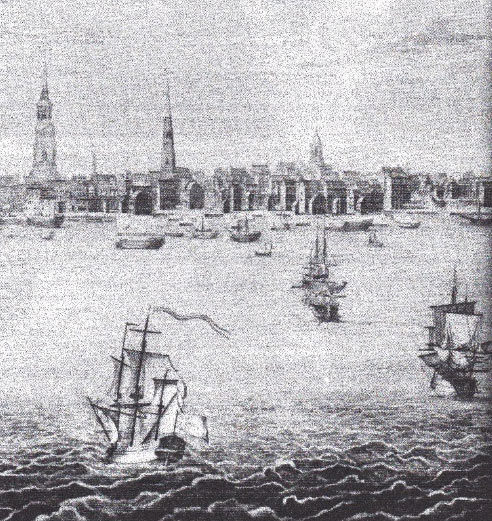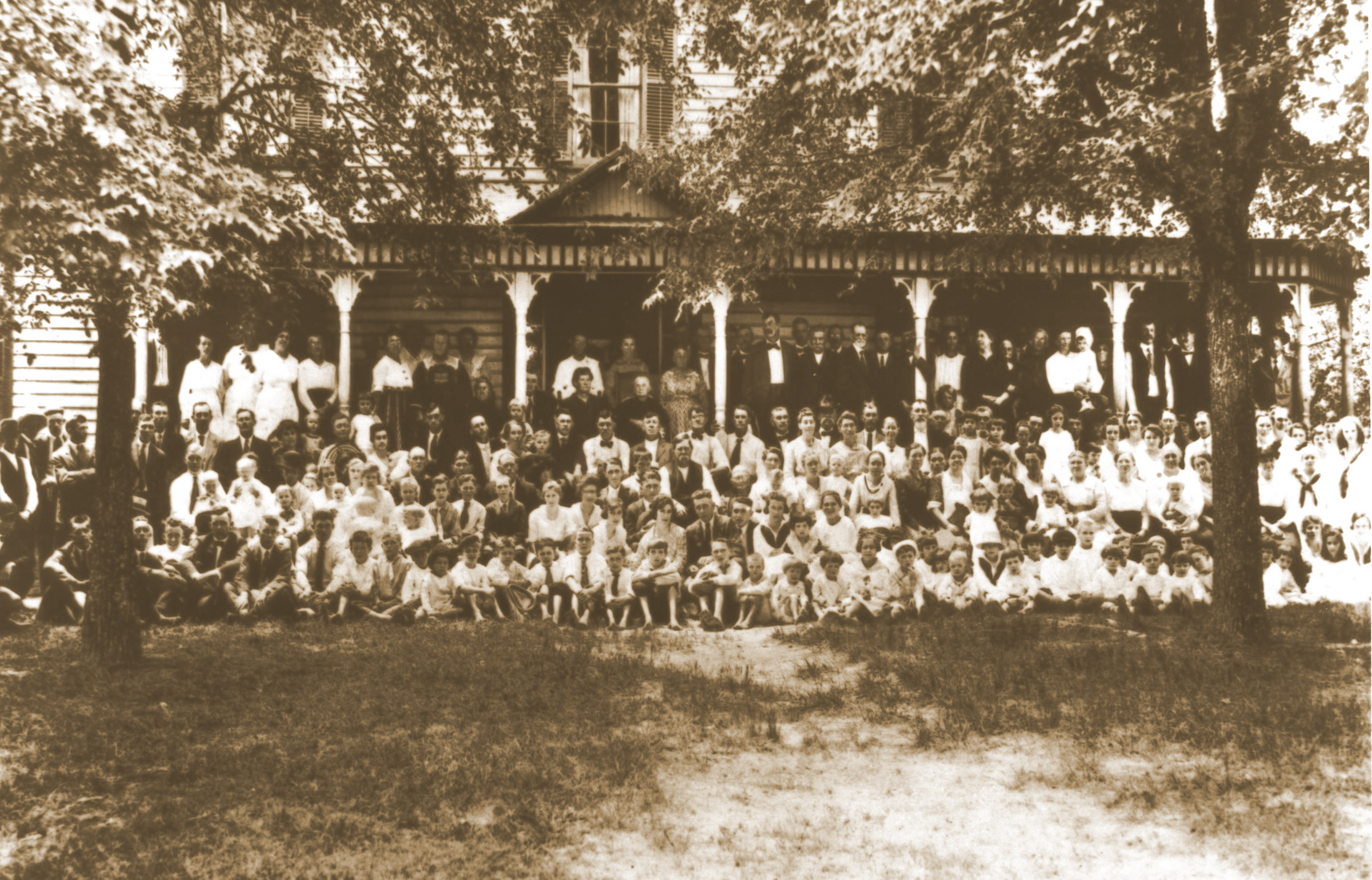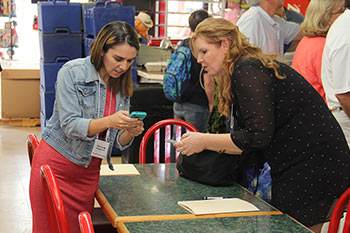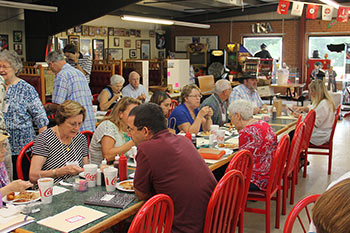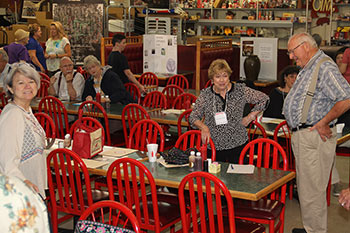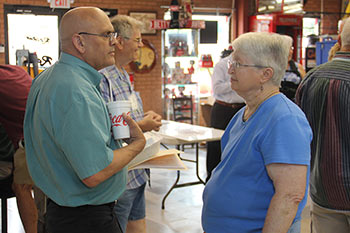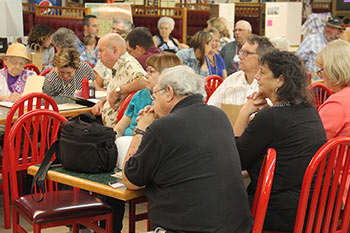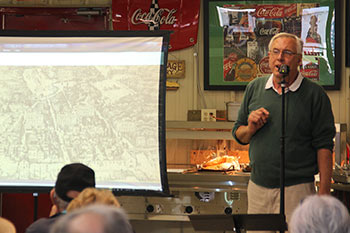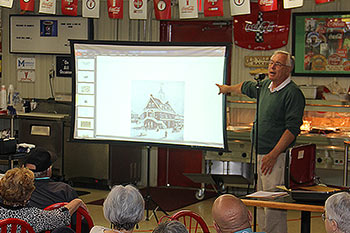CHAPTER 9
SHIPS' LOGS and ARRIVAL and LIFE in PHILADELPHIA COUNTY, (LATER MONTGOMERY COUNTY), PENNSYLVANIA
Fortunately, the Queen Elizabeth did reach Philadelphia safely on September 16, 1738. Some researchers report that Master Hope reported in his log that his ship carried 324 passengers – 104 men age16 and older, all listed by name and age including our Conrad, age 58, and his son Wilhelm, age 39. The remaining 220 women and children are not listed by name so we do not really know how many Lippard women and children made the voyage safely. Other sources report that there were initially 400 passengers. We have no way of knowing if others in our Lippard family attempted the voyage and died along the Rhine, in Rotterdam or Deal, or at sea, and we should consider the possibility that Elizabeth Brown's parents, if not relatives, may have left their daughter orphaned with themselves dying aboard the Queen Elizabeth and Elizabeth's being taken in by the Conrad Lippard family.
In contrast, hardly a month after the Queen Elizabeth's arrival, when the ravaged ship Snow Fox, after a horrible voyage, sailed up the Delaware River to Philadelphia on 12 October, it was piloted by the ship's carpenter because the captain and both mates along with 160 passengers had died at sea. And of the 47 surviving men aboard, only 31 were well enough to go to the Court House to sign the required oath of allegiance. Counting also the surviving women and children, only 76 of the original 236 passengers arrived alive. No wonder the year 1738 was recorded as the worst for typhus epidemics aboard the immigrant sailing ships.
Even upon their arrival at the port of Philadelphia with the perilous ocean voyage behind them, the hardships for the immigrants were not all over. The Lutheran pastor Henry Melchior Muhlenberg gives the following eye-witness report of what the newly arrived immigrants encountered:
One ship after another arrives in the harbor of Philadelphia, when the rough and severe winter is before the door. One or more merchants receive the list of the freight and the agreement which the immigrants have signed with their own hands in Holland, together with the bills for their travel down the Rhine and the advances of the ‘newlanders' for provisions which they received on the ships on account . . . Before the ship is allowed to cast anchor at the harbor front, the passengers are all examined, according to the law in force, by a physician, as to whether any contagious disease exists among them. Then the new arrivals are led in procession to the City Hall and there they must render the oath of allegiance to the King of Great Britain. After that they are brought back to the ship. Then announcements are printed in the newspapers, stating how many of the new arrivals are to be sold. Those who have money are released. Whoever has well-to-do friends seeks a loan from him to pay his passage, but only a few succeed. The ship becomes a market place. The buyers make their choice among the arrivals and bargain with them for a certain number of years and days [of labor]. They then take them to the merchant, pay their passage and their other debts and receive from the government authorities a written document, which makes the newcomers their property for a definite period.
During the season of the immigrants' arrival in Philadelphia, many Germans, including some from quite remote settlements, crowded into the harbor area of Philadelphia to greet relatives, friends, or others from their old home areas in Germany. Others came in hopes of receiving news from home or even mail. We may but wonder if anyone was there on shore eagerly awaiting the arrival of the Lippard family.
